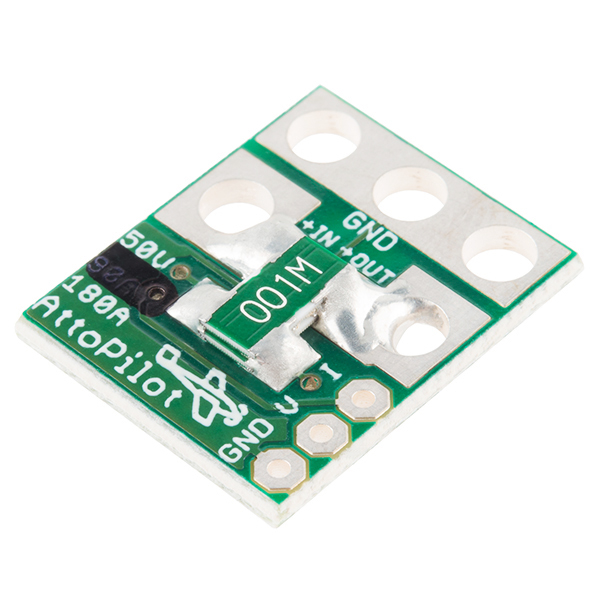Solo, Gimbal, GP, and battery = 3.9 Lbs = 62.4 ounces
Solo Smart Battery = 1 Lbs = 16 ounces
Gimbal & GP = 0.6 Lbs = 9.6 ounces
Motor Pods = 1 Lbs = 16 ounces estimated.
Frame, electronics, and wiring = 1.3 Lbs = 20.8 ounces approx.
Not sure where you can reduce weight or what increase a higher capacity battery could offer to flight times. If an equal capacity battery could be provided less the "smarts" and housing, I'm certain there would be a gain. There is always a trade off for a larger capacity battery by the increase in weight.
I'm running 800kV T-Motors with APC props, which was detailed to be more efficient in the motor thread. I'm actually running heavier with 3 additional ounces on my bird. But maintaining a 15 minute average flight time. I land at 25% as a habit, with these 6 month old batteries
Using 65 ounces as my flight weight, that equals to about 14.1 seconds per an ounce. Where are you going to lose enough weight to gain flight time?
Keep in mind, if your batteries are starting at a lower voltage than spec, then you'll see less flight times from the battery. A fully charged battery of 14.8VDC versus a 14VDC charged battery has lost a significant amount of flight time. My guess is that it could be 1-2 minutes. The battery discharge is not linear to the actual flight times. Lower voltage, faster discharge.
Sorry I was bored and wanted to play with numbers....use at your discretion. I'm no expert on Li-Po batteries or BL motors. Correction to the numbers above are appreciated, as I just used published info to extrapolate the assumed.


